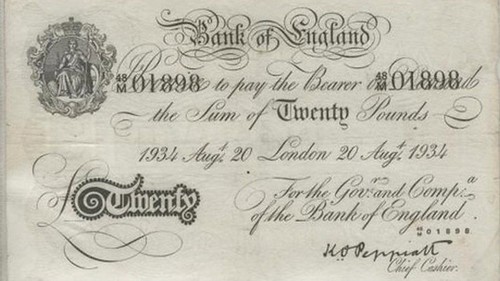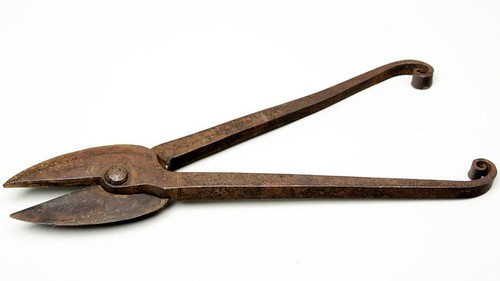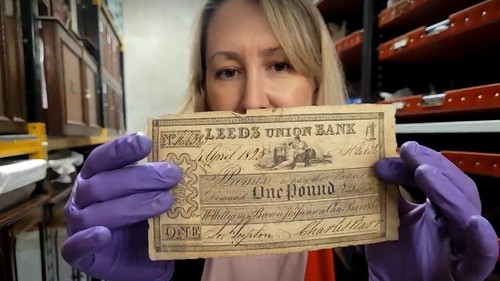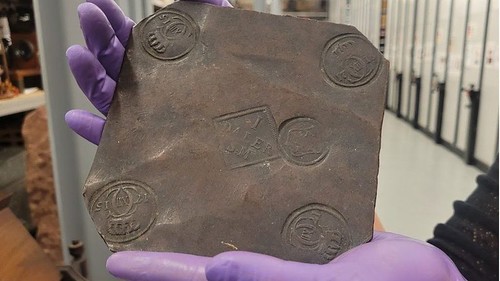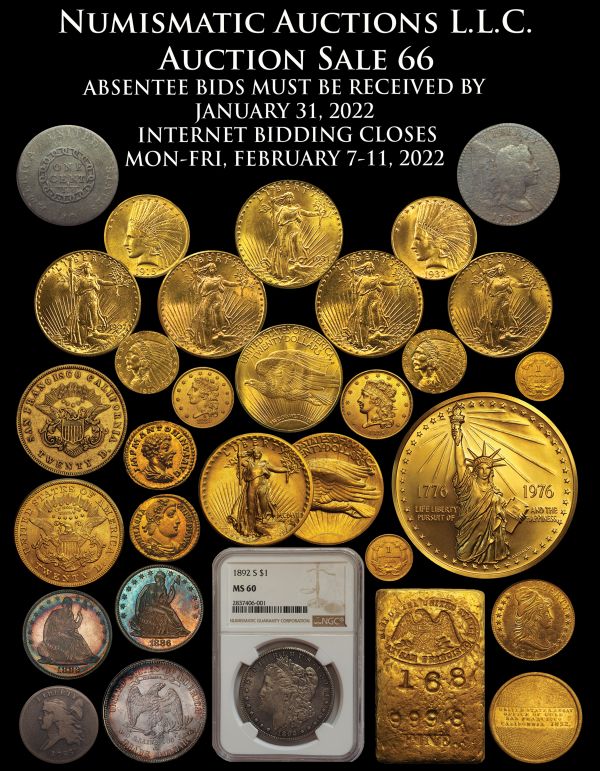
PREV ARTICLE
NEXT ARTICLE
FULL ISSUE
PREV FULL ISSUE
LEEDS MUSEUM EXHIBIT ON EVOLUTION OF MONEYThis BBC News article features the Leeds Museum's exhibit on the evolution of money. The exhibit runs through February 11. -Editor Kat Baxter, curator of the exhibition at Leeds Museum looking at the evolution of money, said: "The Nazis counterfeited Bank of England notes from branches in Bristol, Birmingham, Leeds, Liverpool and Manchester. "Banknotes had their own serial numbers. The Leeds branch serial number started with 138Vm and this was used on the fake notes." Long before the Germans' bid to flood the country with fake bills, counterfeiting was already a common scourge on society, with the exhibition exploring the theme of fakes and forgeries. West Yorkshire was a known hotspot for the crime, with goldsmith Arthur Mangey, who had a workshop in Briggate, hanged at York gallows in 1669 for coin-clipping. He was convicted on the evidence of George Norcross, a cobbler, who claimed to have worked alongside him. Norcross said they had "great shears for clipping half crowns" and another pair "for clipping shillings and sixpences". The exhibition also highlights how, in the days before the Bank of England had exclusive note-issuing powers, the city of Leeds printed its own cash. The notes, which were in circulation in the 1800s, featured the branding of the city along with the names of defunct institutions like The Leeds Bank and Leeds Union Bank. Ms Baxter said such a practice was reserved for the wealthy elite and in the early days of commercial banking the notes would have been seen as a more reliable form of currency. Leeds banknotes are not the only unusual form of currency from around the world to be displayed at the city's museum. Giant Swedish plate money, used in the 17th Century, illustrates that money really does come in all shapes and sizes. The plates were rectangular pieces of copper, in some cases weighing several kilograms, making them difficult to use in everyday trading. The Swedish plate money features along with a one hundred trillion dollar bill issued by the Reserve Bank of Zimbabwe, which, despite its eye-watering amount, was worth very little because it was printed during a period of hyperinflation. Other subjects covered in the exhibition include how money has been used in play, with a selection of cash-themed board games featuring the not-so-successful seller, Trump: The Game as well as the somewhat more profitable Monopoly, which used to be produced by Waddingtons in Leeds.
To read the complete article, see:
Wayne Homren, Editor The Numismatic Bibliomania Society is a non-profit organization promoting numismatic literature. See our web site at coinbooks.org. To submit items for publication in The E-Sylum, write to the Editor at this address: whomren@gmail.com To subscribe go to: https://my.binhost.com/lists/listinfo/esylum All Rights Reserved. NBS Home Page Contact the NBS webmaster 
|
